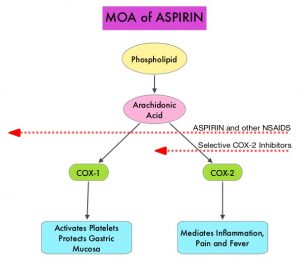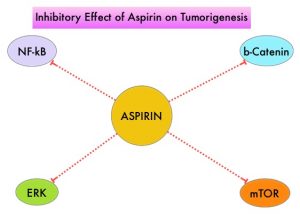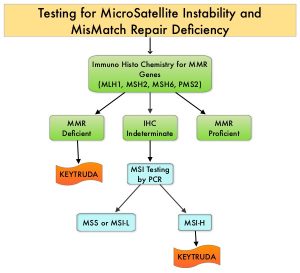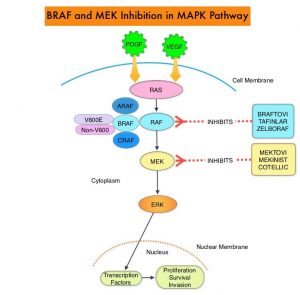SUMMARY: Colorectal Cancer (CRC) is the third leading cause of cancer-related deaths in men and women in the United States. The American Cancer Society estimates that approximately 149,500 new cases of CRC will be diagnosed in the United States in 2021 and about 52,980 patients will die of the disease. The lifetime risk of developing CRC is about 1 in 23.
Colorectal Cancer is a heterogeneous disease classified by its genetics, and even though the overall death rate has continued to drop, deaths from CRC among people younger than 55 years have increased 1% per year from 2008 to 2017, with 12% of CRC cases diagnosed in people under age 50. The proportion of the total number of patients diagnosed with CRC under the age of 50 yrs rose from 10% in 2004 to 12.2% in 2015 (P<0.0001). Younger adults presented with more advanced stage of disease (Stage III/IV) than those 50 yrs or older (51.6% versus 40.0% respectively). Based on these findings, the American Cancer Society in 2018 updated its guidelines to include a “qualified recommendation” to begin CRC screening at the age of 45 yrs. The increase in the incidence of CRC in young adults has been attributed to western style, high carbohydrate, high fat, low fiber diet, which can initiate inflammation and proliferation in the colonic mucosa within two weeks. Other lifestyle factors associated with CRC include obesity, high consumption of processed meat and alcohol, low levels of physical activity and cigarette smoking.
Preclinical studies have suggested that there is a very complex interplay of the immune system with the host’s microbiome and there may be a relationship between gut bacteria and immune response to cancer. The crosstalk between microbiota in the gut and the immune system allows for the tolerance of commensal bacteria (normal microflora) and oral food antigens and at the same time enables the immune system to recognize and attack opportunistic bacteria. Immune Checkpoint Inhibitors strongly rely on the influence of the host’s microbiome, and the gut microbial diversity enhances mucosal immunity, dendritic cell function, and antigen presentation.
There has been a significant increase in the global antibiotic consumption and colorectal cancer (CRC) rates in individuals aged less than 50 years since the late 1980s. Broad-spectrum antibiotics can potentially alter the bacterial composition and diversity of our gut microbiota, by killing the good bacteria. It has been postulated that this may influence CRC genesis in older patients and negate the benefits of immunotherapy and influence treatment outcomes.
The present study was conducted to investigate the association between exposure to antibiotics and risk of early onset CRC, and also evaluate antibiotic usage in older adults with CRC for comparison. In this case-control study, the authors using a large Scottish primary care database identified 7,903 cases of CRC (5,281 colon, 2,622 rectal) diagnosed between 1999 and 2011, along with 30,418 healthy controls. Analyses were conducted separately for those 50 years or older, diagnosed with early onset CRC. Prescriptions for oral antibiotics (by drug class and by anaerobic/non-anaerobic effect) were extracted and total antibiotic exposure period determined for each matched set. Total exposure time in days was then categorized. The researchers then investigated the associations between each exposure with antibiotics and CRC by tumor location, adjusting for comorbidities.
Antibiotic use was associated with increased risk of colon cancer in both age groups, but the risk was increased by nearly 50% in patients under age 50, compared to 9% in those older than 50 years. Antibiotic use was associated with a significantly increased risk of proximal colon cancer (right colon) among the under those under age 50, but not among the older age group. Quinolones and sulfonamides/trimethoprim antibiotics used to treat a wide range of infections were associated with these right side colon cancers. The researchers noted that this study doesn’t prove that antibiotics cause these cancers, only that there appears to a link.
It was concluded from the findings of this study that antibiotics may play a role in the development of colon cancer, particularly in the proximal colon, in individuals under age 50. The authors added that this is the first study to investigate antibiotic usage in early onset Colorectal Cancer and provides further reasons to reduce, where possible, frequent and unnecessary antibiotic prescribing.
Global rise in early-onset colorectal cancer: An association with antibiotic consumption? Perrott S, McDowell R, Murchie P, et al. DOI:https://doi.org/10.1016/j.annonc.2021.05.049.




